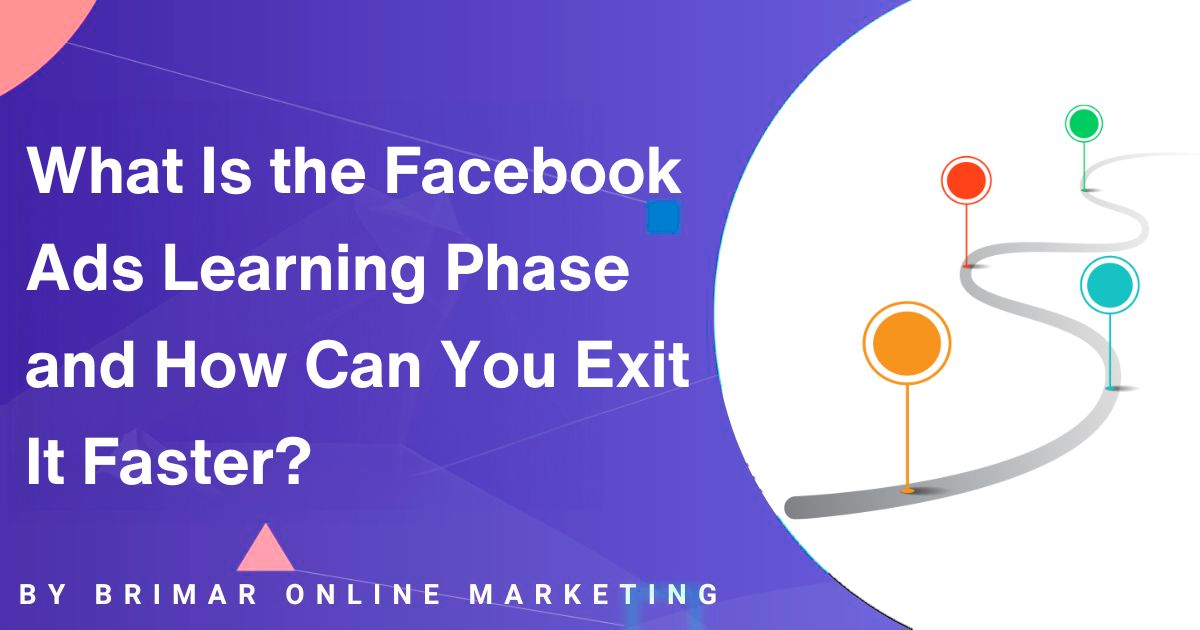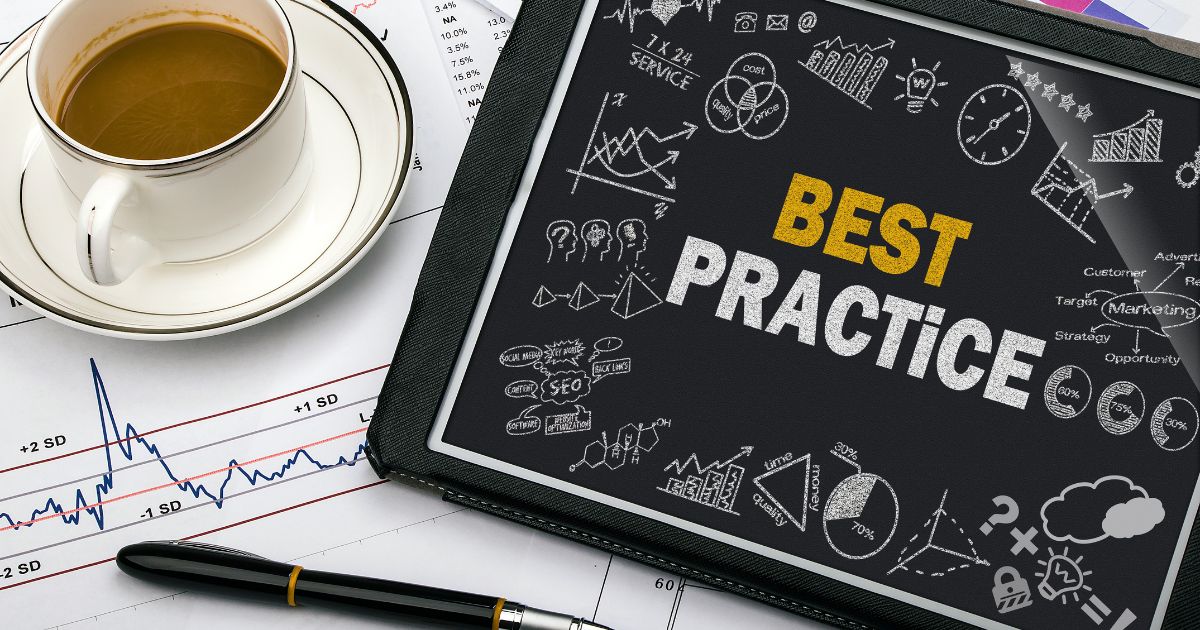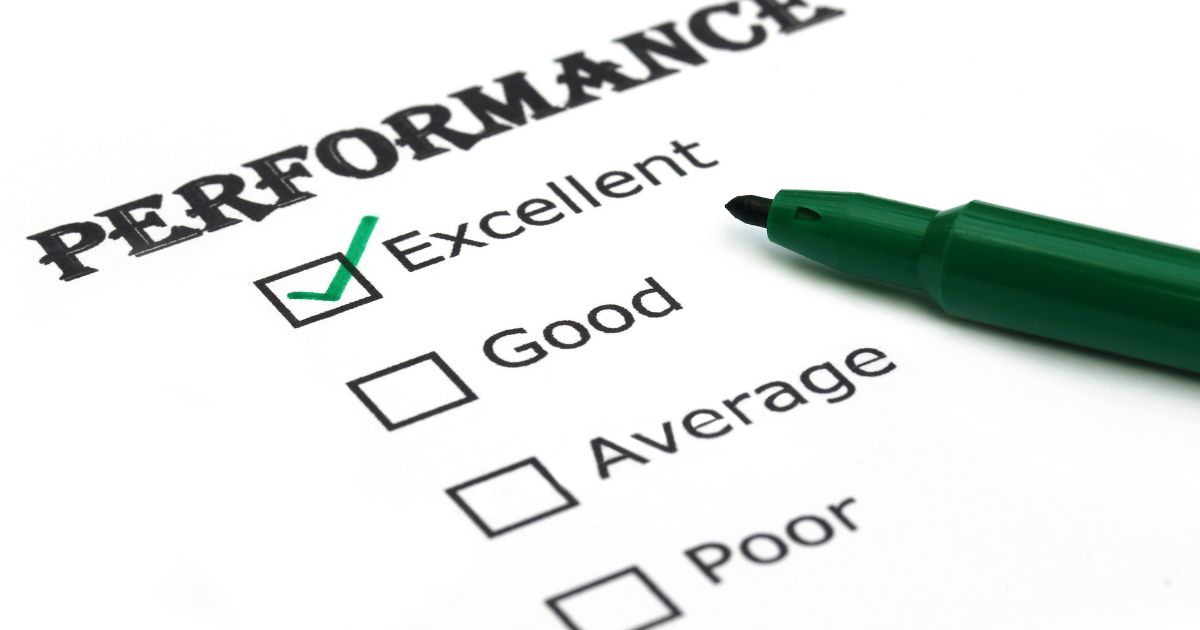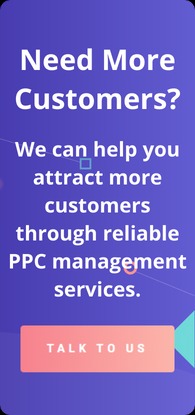
Running Facebook ad campaigns can feel like a game of patience.
You launch an ad, excited to see sales roll in, only to notice it takes a while before results look steady.
That’s because every campaign starts inside what’s known as the Facebook Ads Learning Phase.
During this stage, Facebook’s algorithm works behind the scenes to determine the best way to deliver your ads.
It’s testing how different audiences respond, how your creatives perform, and whether your campaign objectives align with your targeting.
In other words, it’s learning which people are most likely to take the action you care about.
Why does this matter?
Because the faster you move through the learning process, the sooner you’ll enjoy stable performance, better results, and lower costs.
Stay stuck for too long, and you’ll end up paying more for weaker outcomes.
That’s why knowing how the Facebook Ads Learning Phase works and how to exit it quicker is one of the most important skills for any Facebook advertiser.
What Is the Facebook Ads Learning Phase?
The Facebook Ads Learning Phase is the period when Meta’s algorithm gathers data to understand how your ads should be delivered.
It requires sufficient information from optimization events, such as purchases, sign-ups, or landing page views, to determine what’s working.
The delivery system uses this data to connect your ads with the ideal audience.
If your campaign is built around a conversion event, the algorithm needs a certain number of successful actions before it can properly optimize.
Without that, your ad delivery is unstable and unpredictable.
Generally, Facebook requires a minimum of 50 optimization events per ad set over a seven-day period.
That threshold enables the system to transition from testing mode to stable performance.
If you don’t hit that number, you’ll often see your campaign marked with a “Learning Limited” status in the delivery column of Facebook Ads Manager.
Here’s the difference:
- Stable performance: Your ads consistently reach the right audience, costs level out, and results improve over time.
- Learning Limited: Your campaign isn’t gathering enough data to complete the learning phase. As a result, Facebook’s algorithm struggles to optimise, leaving you with higher costs and less reliable outcomes.
When you see “Learning” or “Learning Limited” in the delivery column, it’s Facebook’s way of telling you the algorithm is still figuring things out.
Start Attracting Customers Through PPC Advertising Today!
We can help you create PPC campaigns that attract customers. Our services include bid management, keyword management, landing page performance reviews, and more.
Why the Learning Phase Impacts Ad Performance
Being stuck in the learning phase directly affects how your ads perform.
Costs are usually higher because Facebook hasn’t yet identified the right audience.
That means more wasted impressions and clicks before the system learns where to focus.
You’ll also notice your metrics fluctuating.
One day, your ad’s performance looks strong, the next it tanks.
This instability is typical while the system tests different placements, audiences, and delivery methods, but it also means you’re not seeing optimal performance.
Two common reasons advertisers get stuck are relatively small budgets and audience sizes.
A small audience doesn’t generate enough results quickly, and a low budget spreads your impressions too thin.
Both prevent the algorithm from collecting the necessary data.
Big changes can also send your campaign backwards.
Adjusting budgets, altering targeting, or replacing ad creatives resets the learning process.
The system treats these as major changes, so even if your ad was close to stabilizing, it immediately returns to a new learning phase.
What Triggers the Learning Phase?
Every time you launch something new on Facebook Ads, the learning phase begins.
That includes a new campaign, an ad campaign, or an ad set.
The system doesn’t have any history to work with, so it needs to start learning from scratch.
You also trigger the learning phase whenever you make significant edits.
Some of the most common include:
- Adjusting your daily or campaign budget optimization.
- Switching to a different bid strategy.
- Updating ad creatives like images, videos, or copy.
- Modifying audience targeting, whether you broaden it or narrow audience parameters.
- Changing your campaign objective or conversion objective.
Even minor edits can be flagged as significant changes by the delivery system.
That’s because the algorithm has to reassess how to reach the right audience and achieve your campaign goals.
The number of ad sets you use also matters.
Running many different ads or splitting your budget across similar ads spreads data too thin.
On the other hand, combining ad sets provides Facebook with more opportunities to collect sufficient data, which improves campaign performance and helps you exit the learning phase more quickly.
Best Practices to Exit the Learning Phase Faster

The Facebook ads learning phase is like waiting for bread to rise; you sense progress, but it’s tempting to check too early.
The truth is, there are practical steps you can take to help the system learn more efficiently without constantly having to reset.
Here’s how you set yourself up for smoother, more predictable performance.
Set the right campaign goals
Everything begins with clarity.
If your sales objective is purchases, don’t confuse the delivery system by choosing engagement or traffic to “test things out.”
Your conversion event should align with your actual advertising campaign goals, so the algorithm understands what success looks like.
A mismatch here will only delay the path to better results.
Ensure enough optimization events
Facebook’s algorithm needs data, and it can’t optimize if it doesn’t see enough actions happening.
That means ensuring you have the required number of Facebook events tied to your chosen conversion event.
Whether that’s purchases, sign-ups, or landing page views, the machine learning behind the scenes can only improve when it has enough optimization events to study.
Avoid too many changes
One of the fastest ways to sabotage your campaign is by editing it every other day.
Big changes, such as shifting the daily budget, swapping ad creatives, or adjusting targeting, can kick your ads back into a new learning phase.
It’s best to let campaigns gather data over a set period before making any adjustments.
Use fewer ad sets
More isn’t always better.
If you spread your budget thin across too many different audience segments, you’ll struggle to generate enough results in each one.
Combining similar ads and narrowing down to fewer ad sets usually leads to better performance and more consistent results.
Use campaign budget optimization wisely
When you’re running multiple ad sets, campaign budget optimization can save you from wasting money.
Instead of micromanaging each ad set’s budget, you let Facebook’s delivery system allocate your funds where it sees the best results.
Just remember to provide a sufficient budget at the campaign level so the algorithm has enough fuel to work with.
Test different audiences the smart way
Testing is essential, but how you test makes all the difference.
Instead of constantly tweaking the targeting on one existing ad, create separate campaigns for different audiences.
This keeps the data clean and avoids unnecessarily pushing your ads back into another learning process.
Watch your audience size
If your audience is too small, you won’t generate enough data for the algorithm to optimize.
On the other hand, an overly broad audience can waste your budget on people who aren’t the right fit.
Aim for an audience size that’s large enough to give you data but still aligned with your campaign goals.
Ad creatives matter
Creative fatigue is a real phenomenon, and yes, your ads do need fresh visuals and copy.
But refreshing doesn’t mean making major changes every few days.
Update your ad creatives only when performance starts dropping, and when you do, introduce changes gradually so you don’t reset the entire learning process.
Check ad delivery regularly in Facebook Ads Manager
Remember to monitor the delivery column.
Monitoring ad delivery helps you identify when campaigns are stuck in a learning-limited status or when something is preventing them from gathering sufficient results.
Regular check-ins allow you to identify and resolve problems early, preventing them from becoming expensive.
Important Questions to Ask Before Making Changes
Before you dive into Facebook Ads Manager and start adjusting everything in sight, pause and ask yourself a few crucial questions.
These checkpoints can save you from unnecessary resets and wasted ad spend.
Do I have a sufficient budget or is my budget amount too small?
Without a sufficient budget, your campaign won’t generate the number of optimization events needed to exit the learning phase.
A higher budget amount helps Facebook’s algorithm gather data more efficiently and optimize your performance.
Am I targeting the right audience or spreading across too many different audience segments?
If your targeting is too scattered, your campaigns won’t collect enough results in any single segment.
Ensure you’re targeting the right audience, rather than testing dozens of small groups simultaneously.
Have I chosen the best way to align with my campaign objective?
Every advertising campaign needs a clear direction.
If your campaign objective is sales, but your optimization goals are set to landing page views, you’re sending mixed signals.
Always ask if your current setup is truly aligned with what you want.
Will this change improve my overall performance or just trigger a new learning phase?
It’s tempting to adjust things mid-flight, but will the edit move you closer to stable performance, or will it push your campaign back into another 7 days of learning?
Sometimes, the best course of action is to wait and let the system do its job.
Is it a good idea to launch a new account or continue with the existing ad setup?
Creating a new account or starting a new ad campaign can feel like a fresh start, but it also means beginning a brand-new learning process.
Before you take that leap, consider whether refining your existing ad setup could be the smarter move for the bottom line.
How Long Should You Wait?

The first week of a new campaign is when many advertisers lose their patience.
You set up your ad, expect instant results, and when they don’t appear, the temptation to tweak every little setting kicks in.
But this early stage is when patience is more valuable than constant tinkering.
Facebook’s algorithm needs time to gather enough data to understand who the right people are for your ad.
During this 7-day period, the delivery system is actively testing different audience segments, learning how users respond, and adjusting its delivery of your ads.
Cutting this process short or making too many edits can restart the learning phase, pushing you further away from stable performance.
Think of it like baking bread.
You can’t keep opening the oven every five minutes or changing the temperature halfway through.
The dough needs consistent heat to rise correctly.
Your ad campaigns need that same consistency if you want to reach optimal results.
Making too many edits in the first week can delay progress.
That means holding back from constant budget adjustments, swapping creatives, or narrowing your audience too soon.
Let the algorithm finish its learning process before you decide whether something truly needs to be changed.
Common Mistakes That Hurt Campaign Performance
Many Facebook advertisers encounter the same roadblocks, and most of them are avoidable.
One of the biggest mistakes is running ads with relatively small budgets.
If your budget doesn’t allow enough optimization events, Facebook can’t collect the data it needs.
Without that data, the delivery system struggles, leaving you stuck in the learning phase with weaker results.
Another mistake is making major changes too often.
Every time you switch a conversion objective, shift the bid strategy, or edit targeting, you risk triggering a new learning phase.
This resets your progress and keeps you from reaching stable performance.
Overloading your account with too many ad sets or testing different ads simultaneously can also harm you.
Splitting your budget across many ad sets reduces the data each one receives.
Instead of finding the best audience quickly, you end up slowing down the whole process.
And finally, there’s the problem of chasing too much money too fast.
Many advertisers want immediate big wins, but the bottom line is this: consistent results beat quick spikes.
Scaling gradually gives you stronger and longer-lasting performance.
Best Practices for Stable Performance

If you want stable and predictable results, your campaign strategy must support Facebook’s optimization process.
Start by aligning your campaign objectives with your optimization goals.
For example, if you want purchases, don’t run with a traffic objective to get cheaper clicks.
Aligning your goals ensures the algorithm is learning from the right actions.
Next, lean on campaign budget optimization.
Allowing Facebook to distribute your budget across ad sets usually delivers better performance than trying to micromanage every dollar at the ad set level.
It gives the system room to learn and allocate where the best opportunities are.
Always focus on the result-driven actions that directly tie to your conversion rate.
Whether it’s add-to-cart, purchases, or leads, make sure the data you’re optimizing for actually reflects your sales objective.
When you’re running similar ads, consolidate them into fewer ad sets instead of spreading them thin.
This makes it easier for the system to collect enough results and stabilize campaign performance.
For mobile app install campaigns, the rules can differ slightly.
These often require a higher volume of optimization events and may take longer to stabilize, so plan your budget and timeline accordingly.
At the end of the day, the good idea strategies aren’t complicated: patience, consolidation, and smarter audience targeting.
These simple steps give Facebook’s algorithm the structure it needs to deliver optimal performance.
Final Thoughts
The key point to remember is that Facebook’s algorithm performs best when it has sufficient data to learn from.
Rushing the process, making constant edits, or spreading your budget too thin only slows you down.
Exiting the Facebook ads learning phase quickly sets you up for the best results, stronger ad performance, and more consistent growth.
The bottom line: give your campaigns time, avoid unnecessary big changes, and focus on reaching the right audience with a sufficient budget.
When you do, you’ll get the kind of stable, predictable performance that makes your advertising campaign truly pay off.
Our PPC Services Have Helped Our Clients Increase Their Revenue!
“I highly recommend Brimar if your looking to grow your online business. You will be satisfied with the high level of expertise and high quality of services. It has helped my business grow by leaps and bounds.”
CEO
